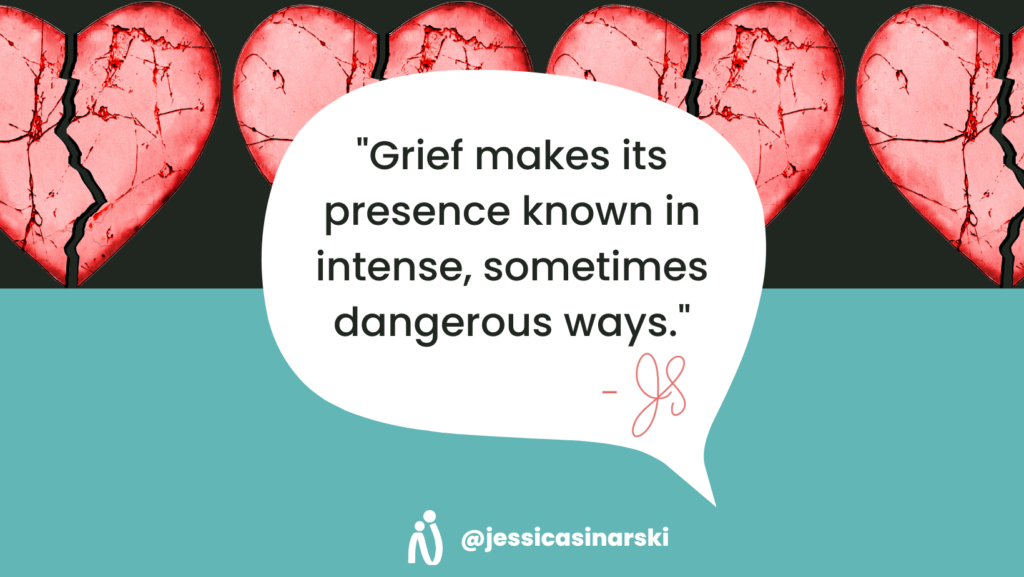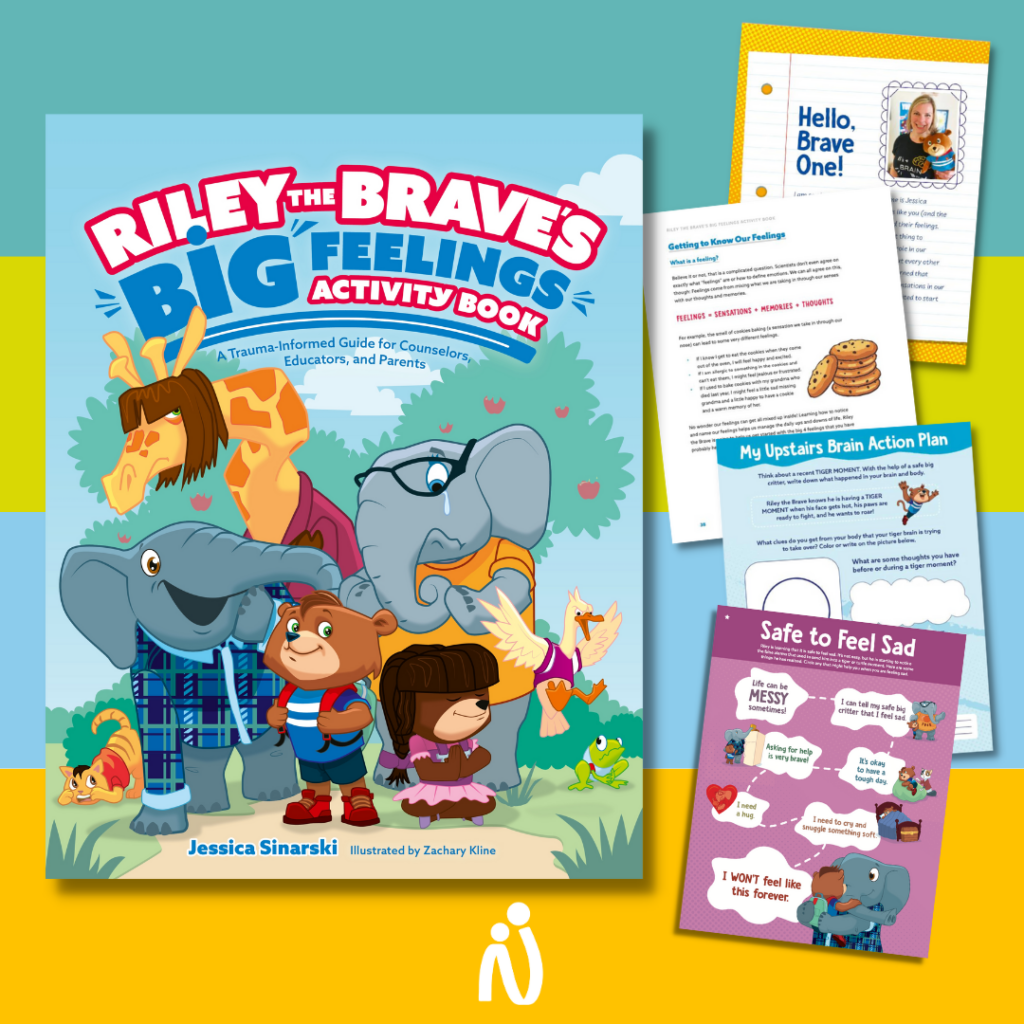Sadness is a complicated, vulnerable emotion.
Feeling sad is uncomfortable for most people, it seems, even though it is an integral part of the human experience. When sadness is related to the deep, confusing grief of childhood trauma or other ambiguous losses–all the things Hallmark doesn’t make cards for–it can be even more difficult to feel safe with our sadness.
“Ambiguous loss” describes grief that has no definitive boundary or closure.
The term was coined by Dr. Pauline Boss, PhD in the 1970’s as she was doing research with families of soldiers who were missing in the Vietnam War. There are two main types of ambiguous loss, though the term resonates far beyond these examples:
- Loss of someone who is physically absent (without closure)
Estrangement, a child who has run away or been abducted, and unknown birth family are just a few examples of this painful experience. Unlike the death of a loved one, which is commonly understood to be tragic, these losses simmer under the surface with little space to process and feel seen and understood in one’s pain.
- Loss of someone who is emotionally or psychologically absent
A parent battling addiction, a child struggling to connect because of their own traumatic past, a loved one consumed by their work, a family member with cancer or chronic illness…it’s easy to see how prevalent ambiguous loss is. And all that is without taking into account other very real losses that often get swept under the rug – dealing with infertility and the loss of what you thought your family would be, loss of connections in the aftermath of trauma, loss of language and culture in international adoptions, loss of a parent living with Alzheimer’s disease. Where there is loss, there is grief.
What does grief look like?
I was a lot further into my work as a therapist than I would like to admit before I realized just how big of a role grief was playing in my clients’ lives (and my own). Anger, self-sabotage, broken relationships, anxiety waiting for the next shoe to drop…so much kept coming back to grief. Painful parts of the past pop out in unexpected ways. The anniversary of transitions, losses, and more can set off an emotional rollercoaster and string of confusing or extreme behavior. One kiddo I worked with would struggle every January with more violent outbursts in school. January happened to be the month of his birth into an abusive home and the anniversary of one of his foster home moves. Grief makes its presence known in intense, sometimes dangerous ways.

How do we grieve when there is no “closure?”
Here are a few strategies that have been helpful for clients of all ages. When my heart is heavy or my brain feels swirly, these things tend to help. As always, this is not a to-do list, but an invitation. Perhaps choose one or two to try the next time an anniversary rolls around or when you find yourself wrestling with ambiguous loss:
SAY IT OUT LOUD
- Acknowledge the ambiguity and discomfort. Admit to yourself what you wish were true. Cry and mourn what you hoped for yourself or your loved one.
- Discover the power of AND. When we quickly follow our pain with something dismissive, we diminish the power of saying it out loud. Statements like, “but I’ll be okay” or “I should be over this by now” or even the well intentioned “I just need to keep praying” don’t provide space for deep grief. Enter the magical word and…
– I am so sad I don’t have a relationship with my dad, and I know tomorrow is a new day.
– I can’t believe this chaos is our family life. It’s really hard. And somehow I’m still standing. This is tough, and we are finding our way through.
GIVE YOURSELF SPACE TO HEAL
- Press pause. I shared this in a recent newsletter and put it into an easy-to-print 1-pager because it’s something I find myself coming back to over and over again. Slow down and check in with yourself. What you discover may surprise you.
- Write a letter that you don’t intend to send. Get it all out on paper, all the hurt and rage and fear. All the things you wish you could say. What you do with that letter can vary. Maybe it remains part of your journal so you can come back to it on tough days and know the feelings have their place. Maybe you tear it up or bury it or burn it (safely). Maybe you get out some paint or markers and turn it into something new.
- Phone a friend. I recently texted a friend telling her I needed some co-regulation. Yes, she is an attachment/trauma nerd like me and knew just what I meant. We talked, I vented, she listened and helped me hold my big feelings, and I was able to get my upstairs brain back in charge before heading into a setting that was triggering the “danger, danger” alarm in my brain. We need each other.
HONOR THE LOSS WITH A PHYSICAL REMINDER
- Light candles.
- Make an ornament.
- Paint a rock.
- Cook a meal.
- Get creative with ideas from your family or culture that might help make the invisible world more visible, the intangible pain come into the tangible world where we don’t have to be alone with it.
How to create space where kids are safe to feel sad
Our downstairs brain protectors often jump into overdrive in the face of vulnerable emotions. That’s why you might see big tiger moments, like those violent outbursts, or turtle moments when we shut down and hope the feeling will pass without having to face it. It’s normal. It’s a brain thing. But it’s not the end of the story. Yes, sad might look like mad or numb, but with our feelings detective skills, we can help kids find words for the waves of emotion that just feel like TOO. MUCH. I’ve been hard at work trying to make those big feelings a little easier to handle and am excited to share one more grief tool with you that comes straight from Riley the Brave’s Big Feelings Activity Book.
Enter your email below to receive my “Safe to Feel Sad” downloadable. This handy resource will help you and the brave cubs in your life cope through seasons of grief or uncertainty. To keep this super user-friendly, I’ve also included tips for use.
